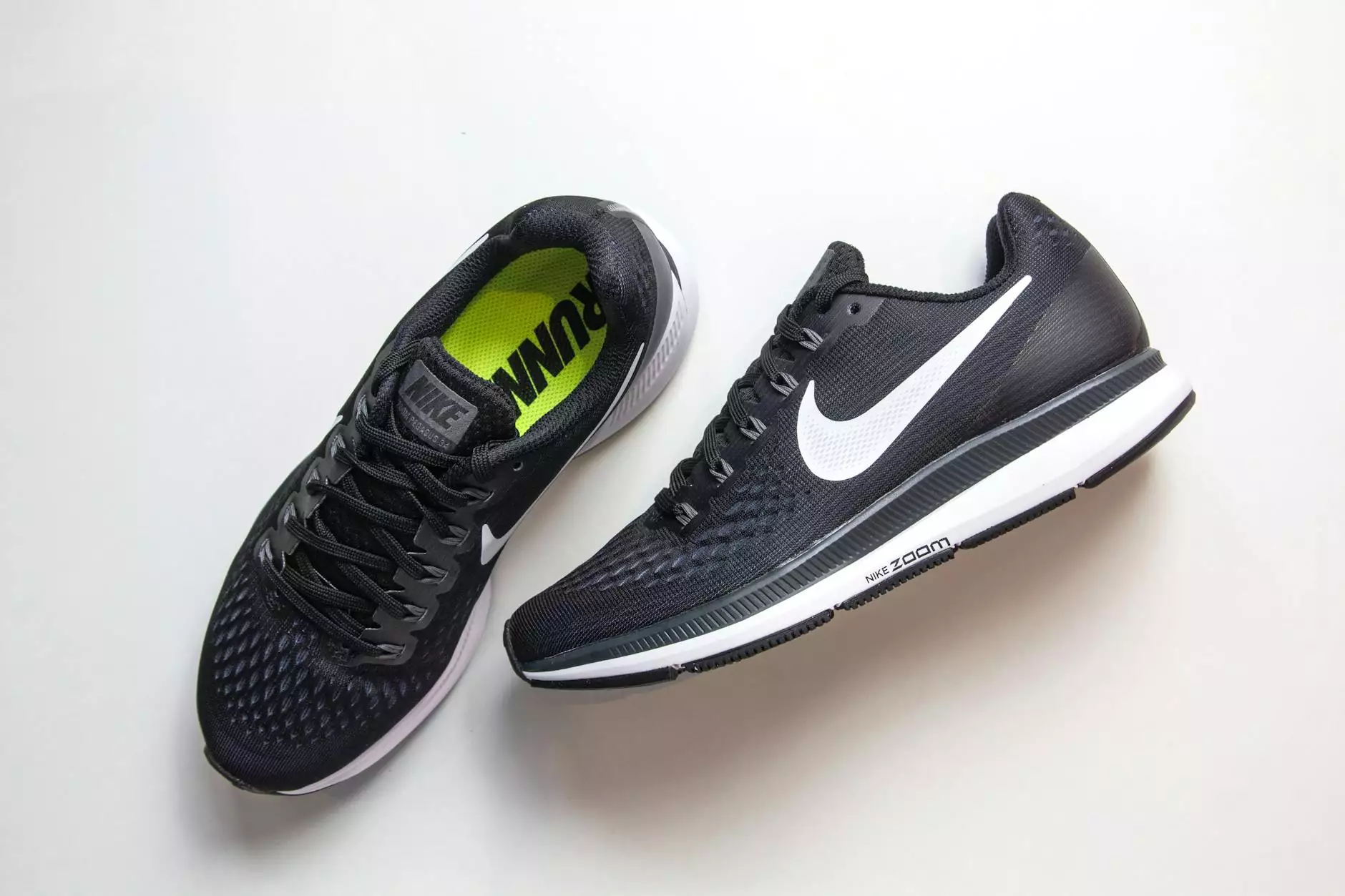Understanding Orthopaedic Insoles: A Comprehensive Guide

In the realm of foot care, orthopaedic insoles play a pivotal role in enhancing both comfort and overall foot health. As we delve into this topic, we will explore the different types of orthopaedic insoles, their benefits, and why they are essential for a variety of individuals, from athletes to those with chronic foot ailments.
The Importance of Orthopaedic Insoles
Orthopaedic insoles are designed to provide support, stability, and comfort to the foot. They are particularly beneficial for those suffering from conditions such as plantar fasciitis, arthritis, and other musculoskeletal issues. The significance of these insoles can be highlighted through several key points:
- Enhanced Comfort: By redistributing weight and providing cushioning, orthopaedic insoles alleviate pressure on sore spots and enhance overall comfort.
- Improved Foot Alignment: Proper alignment of the foot can prevent a range of issues from developing, such as bunions and other deformities.
- Better Shock Absorption: Quality insoles help absorb shock during activities, reducing the risk of injury.
- Increased Performance: For athletes, having the right support can significantly enhance performance and endurance.
- Prevention of Future Injuries: Proper support can help prevent injuries related to overuse and strain on the feet.
Types of Orthopaedic Insoles
Orthopaedic insoles come in various types, each designed to address specific needs. Understanding these can help individuals choose the right insoles for their particular foot health issues.
1. Rigid Insoles
Rigid insoles are specifically designed for those who require maximum support. They are typically made from materials such as plastic or carbon fiber and provide excellent stability for individuals with flat feet or severe pronation. These insoles help in correcting foot alignment and distributing pressure evenly across the foot.
2. Flexible Insoles
Ideal for individuals who seek comfort while maintaining mobility, flexible insoles offer cushioning and support without being overly rigid. These insoles are often made from foam or gel materials and are suitable for casual wearers or those with mild foot pain.
3. Custom Orthopaedic Insoles
For individuals with specific foot conditions, custom orthopaedic insoles are created based on detailed foot assessments. These insoles are tailored to fit the unique shape and needs of the user, providing the most effective support possible.
4. Arch-Support Insoles
Arch-support insoles are engineered to support the arch of the foot, which can alleviate pain associated with conditions like plantar fasciitis. They provide targeted support to maintain the natural shape of the foot and improve comfort during daily activities.
Benefits of Using Orthopaedic Insoles
The advantages of incorporating orthopaedic insoles into your footwear regimen are numerous and impactful. Let's delve deeper into these benefits:
1. Pain Relief
One of the primary reasons individuals seek out orthopaedic insoles is for pain relief. Whether it's chronic back pain, knee discomfort, or foot ailments, insoles can alleviate pressure on the joints and reduce the intensity of pain experienced.
2. Enhanced Performance
Athletes and active individuals often utilize orthopaedic insoles to enhance their performance. By improving foot posture and providing cushioning, athletes can train longer and harder without the debilitating effects of foot pain.
3. Increased Stability
Many people experience instability while walking or standing due to poor foot support. Orthopaedic insoles provide the needed stability to the foot, improving both balance and coordination.
4. Custom Fit for Any Footwear
One of the standout features of orthopaedic insoles is their versatility. They can be inserted into virtually any type of footwear, from athletic shoes to dress shoes, ensuring that you have the support you need no matter the occasion.
How to Choose the Right Orthopaedic Insoles
Selecting the right orthopaedic insoles can seem daunting, but it is a critical step in achieving optimal foot health. Here are some factors to consider when making your choice:
- Identify Your Foot Type: Understanding whether you have flat feet, high arches, or neutral arches is essential in selecting the right insoles.
- Assess Your Needs: Determine the primary reason for purchasing insoles – whether it's for pain relief, additional support, or comfort.
- Consider the Activity Level: If you’re an athlete, look for insoles designed for high-impact activities. For daily wear, flexible insoles may suffice.
- Consult with a Podiatrist: If in doubt, consulting a healthcare professional can provide tailored advice based on your specific needs.
Frequently Asked Questions About Orthopaedic Insoles
1. Can orthopaedic insoles be worn in any shoe?
Yes, orthopaedic insoles are versatile and can be used in nearly any type of shoe, including athletic shoes, casual shoes, and formal styles, as long as there is enough space to accommodate them.
2. How long do orthopaedic insoles last?
The lifespan of orthopaedic insoles varies based on usage and material. Generally, they should be replaced every 6 to 12 months, or sooner if they show signs of wear.
3. Are custom orthopaedic insoles worth the investment?
For individuals with specific foot issues or those seeking maximum support, custom orthopaedic insoles can be highly beneficial. They are designed to fit your unique foot structure, providing enhanced comfort and support.
Conclusion: Prioritizing Foot Health with Orthopaedic Insoles
The impact of orthopaedic insoles on foot health cannot be overstated. With their ability to alleviate pain, improve performance, and enhance overall comfort, they are an essential consideration for anyone experiencing foot or lower extremity issues. By understanding the different types of insoles, their benefits, and how to select the right pair for your needs, you can take a proactive step towards better health and well-being.
For personalized advice and tailored solutions, consider visiting thefootpractice.com, where you can find expert guidance and products tailored to meet your unique foot care needs.









